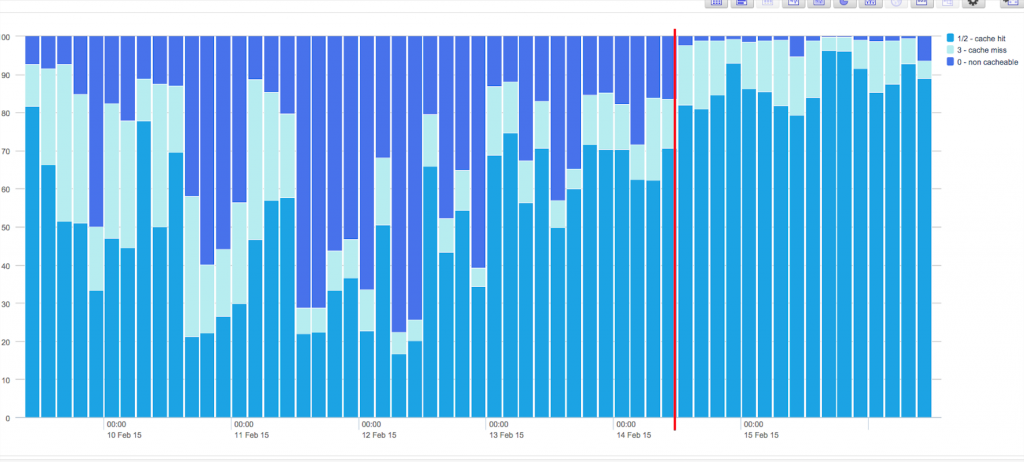Why Do We Need CDNs?
Content Delivery Networks (CDNs) distribute web sites and content beyond their origins to data centers and other locations across deserts, oceans and seas. Expanding the availability of your data across multiple data centers to improve performance and user experience the hard way without a CDN would typically exhaust precious company time and resources. Now in the modern era, people opt to subscribe to CDNs so that they can spend less time spinning-up servers and managing application infrastructure just to serve redundant content. While there are quite a few popular CDNS you can choose out there including Akamai, Amazon CloudFront, CDN Networks, Edgecast, Fastly, SoftLayer, Azure CDN and so many more- it’s important to consider how you can configure your CDN to perform optimally for you once you’ve actually chosen one!
But CDN Logs Need Sumo Logic Too!
We all know that CDNS generally improve web performance, provide quick deployment strategies and services, accelerate cached and sometimes dynamic content, improve security through protection against DDoS attacks and other common security threats, and can increase revenues by optimizing web performance and end-user experiences. However, what good are all these services if you don’t know how to optimize your CDN configurations, or have misconfigured your CDN and end up with sub-optimal website performance and poor end-user experience?
Sumo Inside Story
I’d like to share with you how we discovered a way to optimize performance on our sumologic.com product site. The Sumo Logic service integration with Akamai Cloud Monitor Logs uncovered an Akamai CDN setting suitable for tuning. Back in February of this year, the newly designed product site went live for users to enjoy and explore right after testing and acceptance checked out positively. Soon after though, while querying and reviewing dashboards from our Application for Akamai Cloud Monitor Logs, we noticed some results that revealed abnormal cache behavior.
Discovering Akamai Cache Status Details With Sumo Logic

In the bar chart above:
- Dark blue lines represent requests for non cacheable objects and content
- Light blue lines represent objects that are cacheable, but not in the cache, or whose TTL (time to live) had expired
- Red line presents the point in time when configuration changes were made
As you can see in the chart the number of cache hits were very low (on average below 50%) between February 10 and February 14 while the number of non cacheable files appeared relatively high reaching to almost 80% during certain periods of time. Taking into account the red vertical line around mid-day on February 14th, you can notice an improvement in cache behavior due to caching rule improvements made after the discovery. The low number of cache hits and high number of non cacheable file types means that our visitors farther from the origin content server may have been negatively impacted with respect to performance. End-users indeed experienced some level of temporary degraded performance due to more files being served from the origin rather than from edge locations that were situated closer to our end-users.
Our Fix?
It dawned on us that our homepage at the time of the release had an appealing mp4 video running on it and the mp4 extension was not included in the list of extensions for cacheable files at the time of the release. We quickly added additional extensions to the cacheable list and also enabled cache hierarchy/tiered distribution to increase the cache/hit ratio. Soon after, optimal content delivery performance was restored. This is a great tweak that had to be made- our website is now more appealing to our visitors through video clips that reveal more about our company culture and how much we enjoy working here. Our website has been brought to life from the variety of media types and educational resources now available on it since its launch and we can thank Akamai as our CDN provider who continues to provide excellent delivery of our site content to our visitors.
Sumo Logic Application for Akamai Cloud Monitor
This is just one example of how the Sumo Logic service uncovered an opportunity for us to better serve our visitors. There are countless other solutions and use cases provided by Sumo Logic’s advanced analytic capabilities, integrations and especially our extensive Application Library- check out our Application for Akamai Cloud Monitor to start improving your security posture, understanding WAF activity, and measuring the quality of service for your end-users today!








